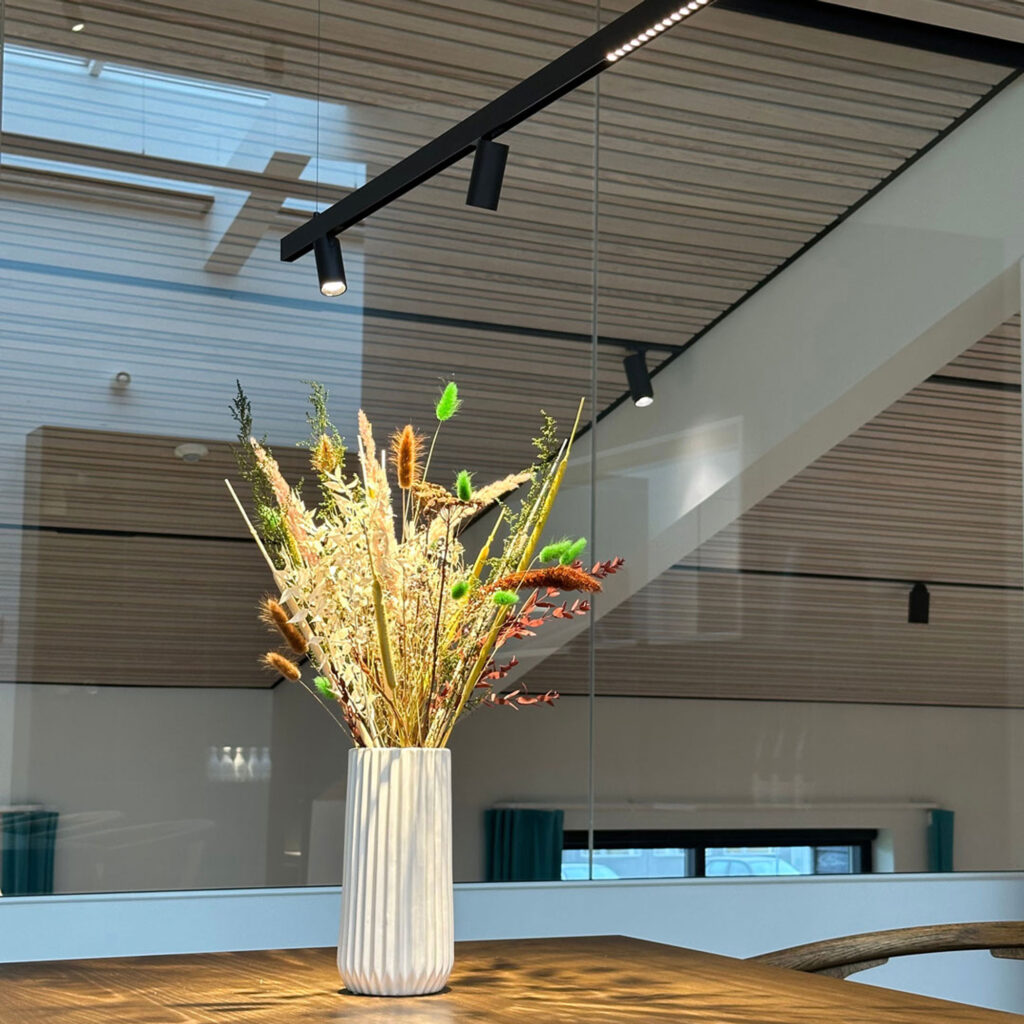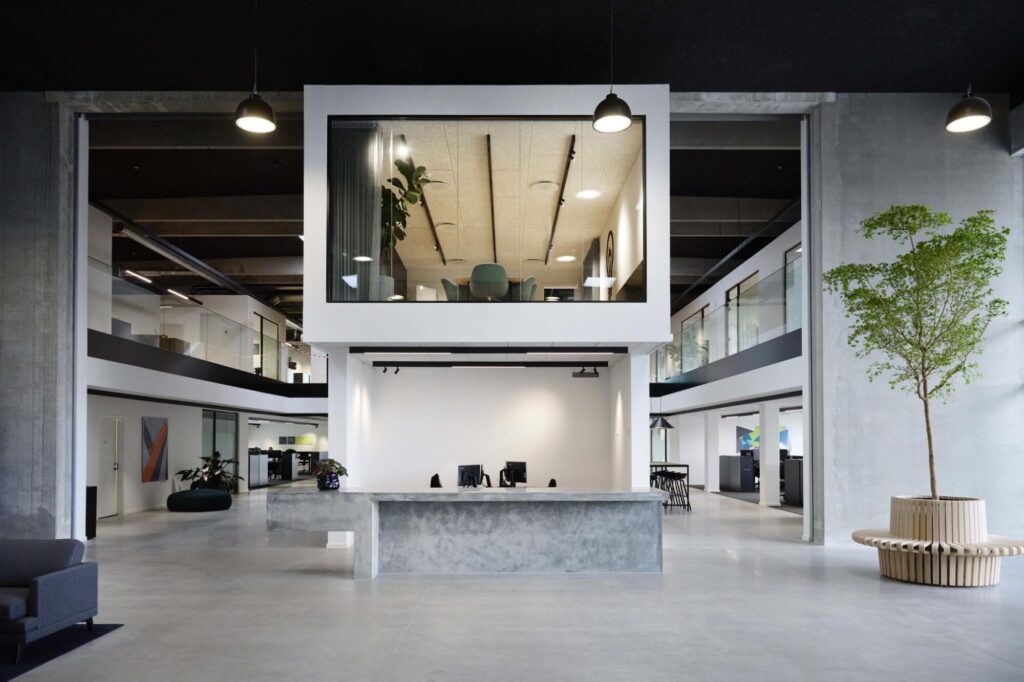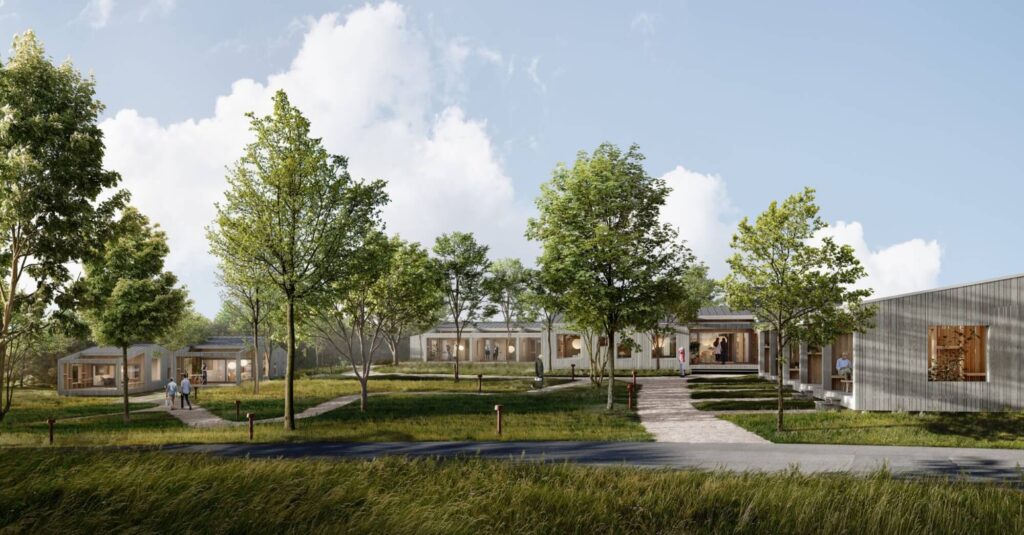
Register your email and get a 65% discount
on Your Next Project
The importance of right wattage in office lighting
It is a common misconception that higher wattage always equates to better lighting. Advancements in lighting technology, particularly LED bulbs, have made it possible to achieve high levels of brightness with significantly lower wattage, leading to energy and cost savings.
Office lighting plays a critical role in fostering a productive and pleasant work environment. While businesses often seek high wattage for brighter illumination, it’s essential to consider the economic and environmental impacts of such a choice.
This article explores how to choose the right wattage without compromising on light quality, ensuring both economic viability and sustainability.
This article will present the following subjects:
I.
II.
III.
IV.
Understanding wattage in lighting
Evaluating your office’s lighting needs
High wattage vs. Low wattage
An example of choosing the right wattage
I. Wattage Wisdom: Understanding wattage in lighting
Wattage is a critical factor in office lighting. Essentially, it measures how much electricity a bulb uses to produce light.
Higher wattage bulbs consume more energy, providing brighter illumination but at a cost – increased energy bills and greater environmental impact.
I.I Key Considerations:
Selecting the right wattage for office lighting goes beyond just picking the level of brightness. It is about striking a harmonious balance between providing sufficient light
for productivity and minimizing energy consumption, costs, and environmental impact.
II. Illuminating success: Evaluating your office’s lighting needs
When considering the lighting requirements for your office, it’s essential to take a holistic approach. Assessing your specific needs can helpw you select the most appropriate wattage and lighting types, ensuring both efficiency and comfort.
Below you will find a list of different aspects to consider, when evaluating your office lighting.
By thoroughly evaluating these factors, you can make informed decisions about office lighting that enhance productivity, ensure comfort, and align with your economic and environmental goals.
High wattage or low? Discover the trade-offs in office lighting. Dive into the pros and cons of each,
from energy costs to work environment impacts. Find your perfect balance for a brighter, efficient, and sustainable workspace. Ready to illuminate the possibilities?
1. Provides brighter illumination, suitable for large or poorly-lit spaces.
2. Can enhance focus and visibility in areas requiring detailed work.
1. Higher energy consumption leads to increased electricity costs.
2. Greater environmental impact due to increased carbon footprint.
3. Risk of over-illumination, potentially causing discomfort or energy waste.
1. More energy-efficient, reducing electricity bills and enviromental impact.
2. Often adequate for well-designed office spaces with good natural light.
3. Technological advancements (like LED) ensure sufficient brightness at lower wattages.
1. May require additional fixtures to achieve desired brightness, impacting initial setup costs.
2. Inadequate lighting can lead to eye strain and decreased productivity if not properly planned.
Be sure to evaluate both options in the context of specific office needs,
aiming for a balanced approach that ensures efficiency, comfort,
and sustainability
Let us examine a hypothetical example inspired by previous cases, of innovative practices in corporate energy management, focusing on the strategic implementation of energy-efficient lighting solutions.
Imagine a company, XXX, known for its commitment to sustainability. Recognising the need to optimise their office lighting for both energy efficiency and employee well-being, they conducted an audit of their current lighting system.
The audit revealed that most of their office spaces were illuminated with outdated fluorescent bulbs that not only consumed high levels of energy but also provided poor lighting quality, affecting employee productivity and morale.
XXX decided to transition to LED lighting, known for its superior energy efficiency and light quality. After careful analysis, they chose LEDs with a wattage that perfectly balanced luminosity and energy consumption, tailored to the specific needs of different office areas.
For workspaces requiring precise and clear lighting, they selected higher wattage LEDs to ensure adequate illumination without glare. In contrast, for common areas and hallways, they opted for lower wattage LEDs, sufficient for safety and comfort but lower in energy use.
This strategic approach not only resulted in a significant reduction in XXX’s energy bills but also enhanced the overall working environment, contributing to their sustainability goals and employee satisfaction.
The Final Verdict: Enlightening Your Office Lighting Choice
Choosing the right wattage for office lighting is not just about achieving adequate illumination; it’s about finding a balance between
brightness, energy efficiency, and environmental sustainability.
By understanding your office’s specific needs and exploring energy-efficient options like LED, you can make an informed decision
that benefits both your business and the planet.
For you to make the absolute most of your office lighting, we kindly recommend that you visit and read the articles Illuminate your success, Lighting the path to productivity, Energy optimisation and What is Lumen and Lux.
In combination, these articles will provide you with valuable insights,
when it comes to creating the perfect office lighting for productivity
and positivity.
Reach out to us – we’re ready for a conversation to explore customized solutions for you



Unlock the secrets to a leaner greener Office Dive into

Advancements in lighting technology particularly LED bulbs have made it

In the realm of office lighting 4000 Kelvin K lighting
| Cookie | Duration | Description |
|---|---|---|
| cookielawinfo-checkbox-analytics | 11 months | This cookie is set by GDPR Cookie Consent plugin. The cookie is used to store the user consent for the cookies in the category "Analytics". |
| cookielawinfo-checkbox-functional | 11 months | The cookie is set by GDPR cookie consent to record the user consent for the cookies in the category "Functional". |
| cookielawinfo-checkbox-necessary | 11 months | This cookie is set by GDPR Cookie Consent plugin. The cookies is used to store the user consent for the cookies in the category "Necessary". |
| cookielawinfo-checkbox-others | 11 months | This cookie is set by GDPR Cookie Consent plugin. The cookie is used to store the user consent for the cookies in the category "Other. |
| cookielawinfo-checkbox-performance | 11 months | This cookie is set by GDPR Cookie Consent plugin. The cookie is used to store the user consent for the cookies in the category "Performance". |
| viewed_cookie_policy | 11 months | The cookie is set by the GDPR Cookie Consent plugin and is used to store whether or not user has consented to the use of cookies. It does not store any personal data. |
Register your email and get a 65% discount
on Your Next Project
*By registering your email, you are automatically subscribing to our newsletter.